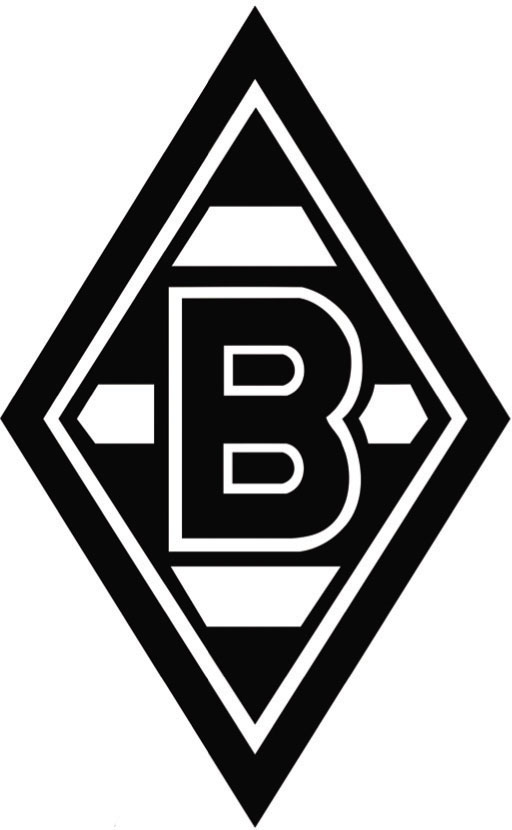
BORUSSIA MÖNCHENGLADBACH
THE GREAT PRUSSIAN CLUB
Although Borussia Mönchengladbach won the German Cup in 1960, that wasn’t enough for them to gain a place in the first line-up of the Bundesliga in 1963. The club had to wait until the 1965/66 season, when they were promoted alongside Bayern Munich. Thus began a rivalry that defined German football for a decade. Bayern were the first of the two to win the league in 1969, but Mönchengladbach were quick to respond. In 1970 the club won their first league title and the following year they were the first to defend the Bundesliga shield. Led by the legendary coach Udo Lattek, Gladbach went on to lift the shield a further three times in the 1970s, a decade which also brought a runner-up place in the European Cup and four UEFA Cup final appearances, of which two ended in victory.
For a while, Borussia Mönchengladbach were one of the best teams in Europe, but harsh reality caught up with them in the 1980s. Financial problems meant that the club was forced to sell its best players. Bayern Munich took over as the dominant team in the Bundesliga while Gladbach slowly sank downwards in the table. They were gradually overtaken by their rivals, and in 1999 they were relegated. At that point, the iconic centre-back Patrik Andersson left a shattered Mönchengladbach team to move to Bayern Munich.
Founded in 1900 as FC Borussia, Borussia Mönchengladbach has been rejuvenated in recent years. This is thanks to the combination of the Borussia-Park stadium, inaugurated in 2004, wisely chosen coaches and the equally wise purchases of players.
CLUB: Borussia VfL 1900 Mönchengladbach
NICKNAMES: Die Fohlen (the Foals) and Die Borussen (the Prussians)
FOUNDED: 1900
STADIUM: Borussia-Park, Mönchengladbach (54,057 capacity)
HISTORIC PLAYERS: Jupp Heynckes, Berti Vogts, Allan Simonsen, Uwe Kamps and Marco Reus

1900–1904. FC Borussia 1900 was founded in Prussia on 1 August, 1900, Borussia being the Latin name for the former kingdom. At this time the town was called München-Gladbach; the name Mönchengladbach was not adopted until 1960. Eicken is the part of the town where the club was formed and where they eventually played. The club’s first emblem, which was also produced in inverted colours, includes an old-fashioned football.

1904–1919. After a couple of years, the club’s crest was simplified. The shield became slimmer while the club’s initials formed the rest of the emblem. However, this logo didn’t last long. Between this one and the classic version introduced in 1961, the question of which emblems Mönchengladbach used and why is not at all clear; the available information is contradictory.
1961–1970. The diamond with the letter B is documented as far back as 1906, but it took some time before it became the club’s official emblem. The diamond was originally black and white; the colours of green and white were taken at a later date from the flag and crest of the Rhineland. Mönchengladbach lies in the part of the Rhineland that is in Prussia.


1970–1999. The club chose to go back to the original colour scheme, now placed against a green background. In this way the earlier emblem was combined with the original diamond. It was under this crest that Borussia Mönchengladbach experienced their greatest years in the 1970s.

1999–present. After the relegation at the turn of the millennium, Gladbach underwent a facelift to inspire their fans. The green colour was removed and the emblem reverted to the diamond that has followed the team for about a century. The choice of colours may be inspired by the Prussian flag, which is black and white.